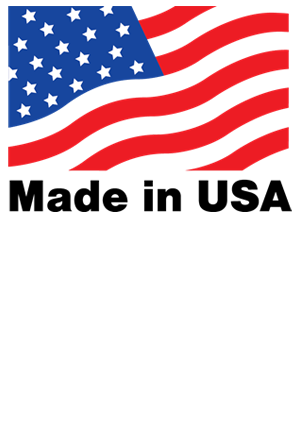
A major health concern for a variety of patients is pressure ulcers. These are sores that can form almost anywhere on the body due to extended periods of pressure. When a patient is in bed or a wheelchair most of the time, pressure ulcers can form more easily.
Without proper treatment, pressure ulcers can lead to long-term damage. Skin and underlying tissue may fail to repair properly, leaving the opportunity for more ulcers to form in the future. Any condition that weakens the skin can lead to easier breaks of the skin, bleeding, and infection.
Prevention is the best option when it comes to pressure ulcers. Fortunately, there are many options for helping to prevent these ulcers in a variety of scenarios. With the right safeguards, patients and caregivers can be confident that the risk of pressure ulcers will be reduced.
Contributing factors of pressure ulcers
Many different issues can lead to a pressure ulcer or bedsore forming on the body. It’s important for patients and caregivers to keep these in mind to avoid an ulcer from forming:
- Friction – When the skin is rubbed by any material, friction may occur. If a patient’s skin is sensitive due to injury or other factors, friction can be very high-risk. Wearing soft clothes and changing bed linens regularly can help reduce the amount of friction that occurs when moving.
- Pressure – Prolonged periods of pressure on a single part of the body can cause ulcers to form. Patients who cannot get out of bed or out of their chair for many hours need to regularly adjust and move their bodies to place pressure on different areas. The frequency of movement depends on the patient, but laying on a different side every two hours is a common remedy to ensure regular pressure changes.
- Shear – When two surfaces move in different directions, shear may occur. This can happen if a patient is improperly seated or sliding down on an elevated bed. Caregivers should be aware of the patient’s positioning and the possibility of this extra pressure that could exist.
Avoiding these factors can help reduce or eliminate the chance of pressure ulcers from occurring. Every patient’s body will be different, so a variety of remedies should be considered when trying to stop pressure ulcers from forming.
Signs of pressure ulcers
As with any ailment, it’s important to catch early signs whenever possible. A few common signals that a pressure ulcer may be forming include:
- Pus-like draining – When liquid forms around a certain point, it may be a sign that the area has been under too much pressure and must be cleaned as soon as possible. Proper wound dressings should be applied, along with an irritant-free, zinc-oxide tape such as Hy-Tape.
- Swelling – Any area of the body can swell up due to several factors, but a swollen area on a bedridden patient could be a sign of a pressure ulcer.
- Tenderness – Soreness or tenderness can indicate that a part of the body has been under too much pressure for too long.
- Changes in skin color – Pressure can cause the skin to look more red or blue due to limited blood flow or damaged blood vessels.
Noticing these warning signs can help caregivers to act quickly in relieving pressure and hopefully stopping an ulcer from forming.
Preventing pressure ulcers
The best treatment for pressure ulcers is to avoid them from the start. This can be complicated due to the many factors that can cause them to form. With the right prevention techniques, the risk of ulcers can be reduced.
Keeping the skin dry and clean is essential. If a patient has a wound dressing, using Hy-Tape to secure the dressing can be helpful. Hy-Tape holds firm yet doesn’t pull at the skin, helping to avoid irritation. The zinc-oxide tape helps to maintain healthy skin, and the removal of Hy-Tape is less irritating than most other wound dressing tapes.
Protecting high-risk skin areas can also help in preventing ulcers. Patients who are bedridden may spend hours in one position, adding pressure to a few points on their body. Soft cushions and padding to the areas may help in avoiding ulcers. Securing these paddings with Hy-Tape can also ensure a secure hold and safe, irritation-free removal of the tape later on.
Pressure ulcers are a serious problem for many patients, as they can form easily and take a long time to heal. Areas of the body that are damaged by pressure ulcers can potentially never regain their former strength and resilience. Patients and caregivers should be vigilant in preventing these ulcers.
Noticing the warning signs of a pressure ulcer and acting quickly can greatly reduce the risk of damage. Using wound dressings and Hy-Tape can also be especially helpful. Hy-Tape is known for its zinc-oxide qualities, an ingredient that helps protect the skin. It’s also easy to remove without further damaging the skin, making for easy wound dressing replacement.
Pressure ulcers can be avoided if the right steps are taken. Patients and caregivers can work together to help avoid these painful sores from forming.
Learn More:
Assessment and Management of Sacral Pressure Ulcers
Prevention & Care of Pressure Ulcers
Proper Care for Diabetic Ulcers and Sores
Lower Extremity Wounds: Wound Dressings Strategies in Managing Venous, Arterial, and Diabetic Ulcers

